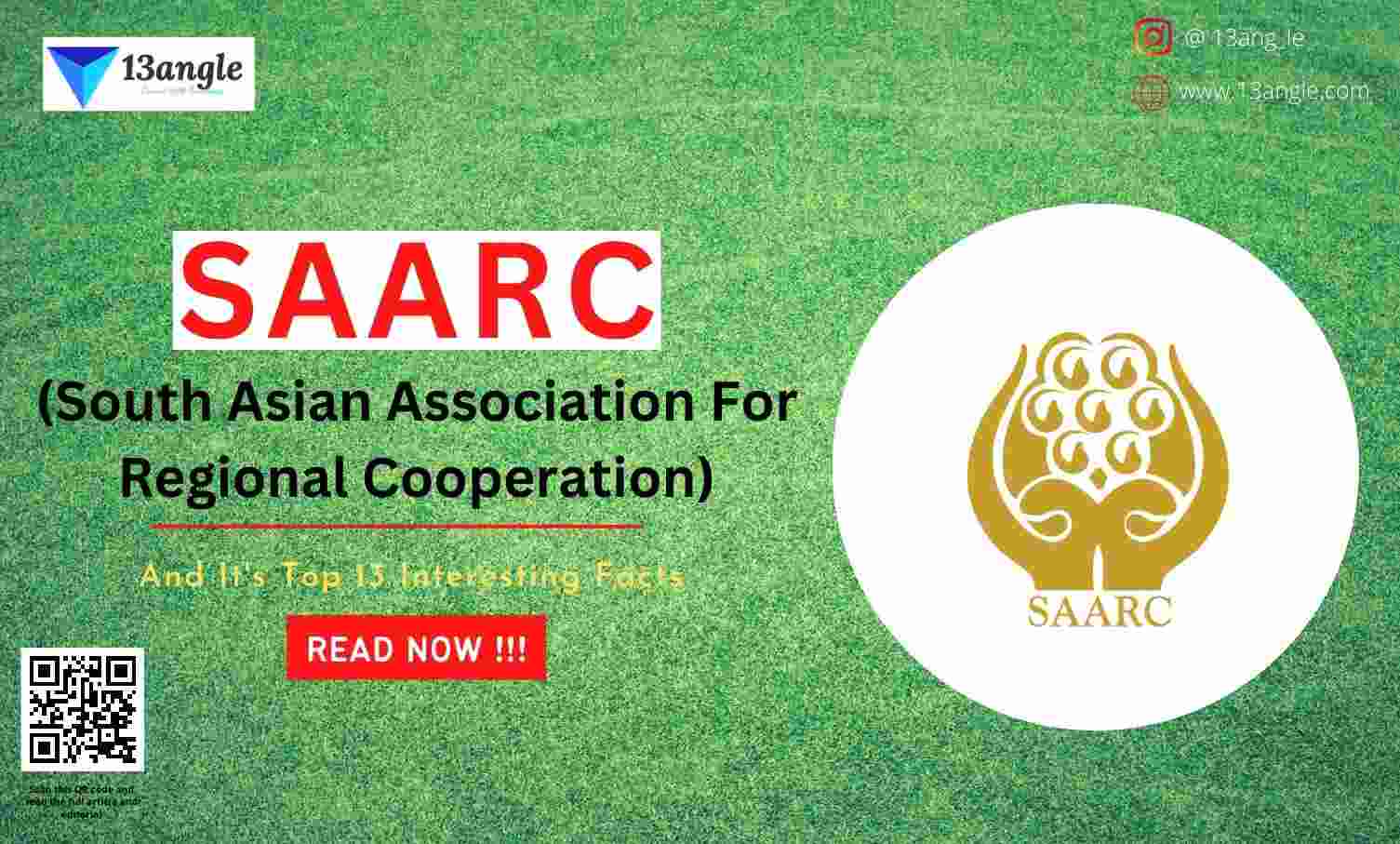- Umang Sagar
- Organisation, Recent article
South Asian Association For Regional Cooperation (SAARC)
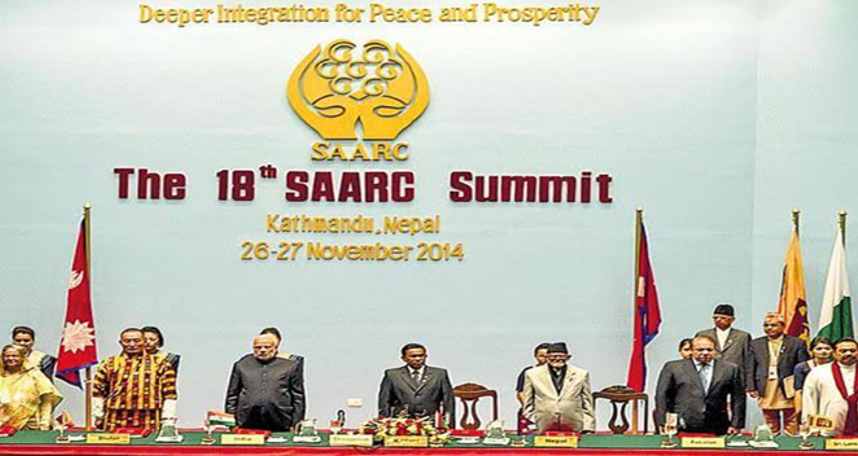
- The South Asian Association For Regional Cooperation (SAARC) is the regional intergovernmental organization and geopolitical union of states in South Asia. Its member states are Afghanistan, Bangladesh, Bhutan, India, Maldives, Nepal, Pakistan, and Sri Lanka. SAARC comprises 3% of the world’s land area, 21% of the world’s population, and 5.2 % (USD 4.47 trillion) of the global economy, as of 2021. SAARC was founded in Dhaka in December 1985. Its secretariat is based in Kathmandu, Nepal. The organization promotes economic development and regional integration. It launched the South Asian free trade area in 2006. SAARC maintains permanent diplomatic relations at the United Nations as an observer and has developed links with multilateral entities including the European Union. The organization has the support of different countries known as a member state.
Intergovernmental Organisation
- An intergovernmental organization is an organization composed primarily of sovereign states or of other organizations through formal treaties for handling serving common interests and governed by international laws. IGOs are established by a treaty that acts as a charter creating the group. Treaties are formed when lawful representatives (governments) of several states go through a ratification process, providing the lGO with an international legal personality. Intergovernmental organizations are an important aspect of public international law.
Treaty
- A treaty is a formal, legally binding written agreement between actors in international law. It is usually made by and between sovereign states and international organisations, but can sometimes include individuals, business entities, and other legal persons. A treaty may also be known as an international agreement, protocol, covenant, convention, pact, or exchange of letters among other terms. However, only documents that are legally binding on the parties are considered treaties under international law.
Background Of SAARC
The idea of cooperation among South Asian countries was discussed at three conferences. The Asian Relations conference was held in New Delhi in April 1947, the Baguio conference in the Philippines in May 1950 and the Colombo power conference held in Sri Lanka in April 1954.
Asian relation conference- The Asian relation conference was an international conference that took place in New Delhi from 23 March to 2 April 1947 organised by the Indian council of world Affairs (ICWA), the conference was hosted by Jawaharlal Nehru, then the vice-president of the interim viceroy’s Executive council, and presided by Sarojini Naidu. Its goal was to promote cultural, intellectual, and social exchange between Asian countries.
In the ending years of the 1970s, the seven inner South Asian Nations that included Bangladesh, Bhutan, India, the Maldives, Nepal, Pakistan, and Sri Lanka, agreed upon the creation of a trade block and to provide a platform for the people of South Asia to work together in a spirit of friendship, trust and understanding president Ziaur Rahman later addressed official letters to the leaders of the countries of South Asia, presenting his vision for the future of the region and compelling arguments for cooperation. During his visit to India in December 1975. Rahman discussed the issue of regional cooperation with the Indian prime minister, Morarji Desai. In the inaugural speech to the Colombo plan consultative committee which met in Kathmandu also in 1977, king Birendra of Nepal gave a call for close regional cooperation among South Asian countries in sharing river water.
After the USSR’s intervention in Afghanistan, efforts to establish the Union were accelerated in 1979 amid the resulting rapid deterioration of the South Asian security situation. Responding to Rahman and Birendra’s convention, officials of the foreign ministries of seven countries met for the first time in Colombo in 1981. The Bangladeshi proposal was promptly endorsed by Nepal, Sri Lanka, Bhutan, and the Maldives, however, India and Pakistan were sceptical initially. The Indian concern was the proposal referred to the security matters in South Asia and feared that Rahman’s proposal for a regional organisation might provide an opportunity for new smaller neighbours to re-internationalize all bilateral issues and to join with each other to form an opposition against India. Pakistan assumed that it might be an Indian strategy to organise the other South Asian countries against Pakistan and ensure a regional market for Indian products, thereby consolidating and further strengthening India’s economic dominance in the region. However, after a series of diplomatic consultations headed by Bangladesh between South Asian UN representatives at the UN headquarters in New York, from September 1979 to 1980, it was agreed that Bangladesh would prepare the draft of a working paper for discussion among the foreign secretaries of South Asian countries. The foreign secretaries of the inner seven countries again delegated a committee of the whole in Colombo in September 1981, which identified five board areas for regional cooperation. New areas of cooperation were added in the following years. In 1983, at the international conference held in Dhaka by its ministry of foreign affairs, the foreign ministers of the inner seven countries adopted the declaration of South Asian Association Regional Cooperation (SAARC) and formally launched the integrated programme of Action (IPA) initially in five agreed areas of cooperation, namely, agriculture, rural development, Tele communication, meteorology, and health and population activities. Officially, the union was established in Dhaka with Kathmandu being the Union’s secretariat general. The first SAARC summit was held in Dhaka on 7-8 December 1985 and hosted by the president of Bangladesh Hussain Ershad. The declaration was signed by, namely, king of Bhutan Jigme Singye Wangchuk, president of Pakistan Ziaul- Haq, prime minister of India Rajiv Gandhi, king of Nepal Birendra shah, president of Sri Lanka JR Jayewardene and president of Maldives Maumoon Gayoom.
Areas Of Cooperation Among Saarc Nations
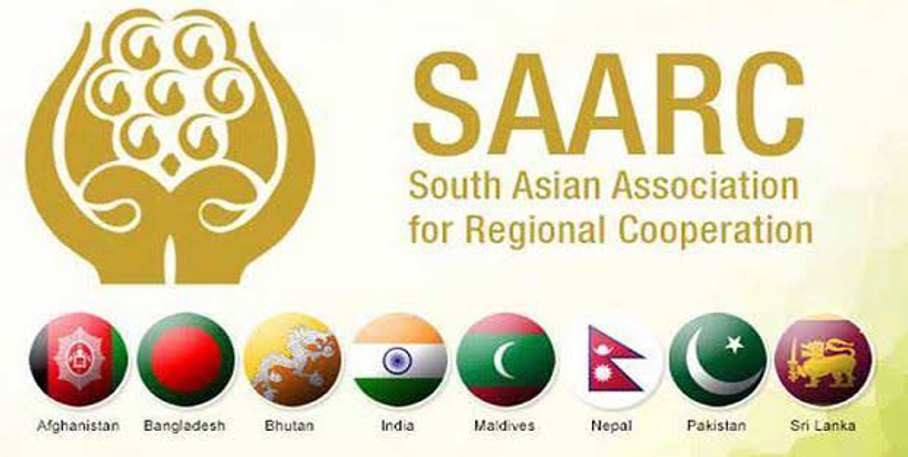
- Agriculture and rural development
- Human Resource development and tourism
- Economic trade and finance
- Social affairs
- Environment, Natural Disaster and Biotechnology
- Education, security and culture and other information and poverty alleviation, energy, transport, science, and technology.
Members Of SAARC
Economic data is sourced from the International Monetary Fund, current as of December 2019, and is given US dollars.
The member states are Afghanistan, Bangladesh, Bhutan, India, the Maldives, Nepal, Pakistan, and Sri Lanka. SAARC was founded by seven states in 1985. In 2005, Afghanistan began negotiating its accession to SAARC and formally applied for membership in the same year. The issues of Afghanistan joining SAARC generated a great deal of debate in each member state, including concerns about the definition of south Asian identity because Afghanistan is considered a central Asian country, while it is neither accepted as a Middle Eastern country, nor as a central Asian country, or as a part of the Indian subcontinent, other than being only in part of South Asia. SAARC member states imposed a stipulation for Afghanistan to hold a general election, and the non–partition election was held in late 2005. Despite initial reluctance and internal debates, Afghanistan joined SAARC as its eighth member state in April 2007.
Observer countries- states with observer status include Australia, China, the European Union, Iran, Japan, Mauritius, Myanmar, South Korea, and the United States. On 2 August 2006, the foreign ministers of SAARC countries agreed in principle to grant observer status to three applicants, the US, and South Korea (both made requests in April 2006) as well as the European Union (requested in July 2006). On 4 March 2007, Iran requested observer status, followed shortly by Mauritius.
Potential future members- Myanmar has expressed interest in upgrading its status from an observer to a full member of SAARC. China has requested to join SAARC. Russia has applied for observer status membership of SAARC. Turkey applied for observer status membership of SAARC in 2012. South Africa has participated in the meeting Indonesia, Jordan, Canada, New Zealand, Ireland, the United Kingdom, and Yemen have expressed interest.
Political Issues
- Casting peace and prosperity in South Asia has been elusive because of the various ongoing conflicts in the region. Political dialogue is often conducted on the margins of SAARC meetings which have refrained from interfering in the internal matters of its member states. During the 12th and 13th SAARC summits, extreme emphasis was laid upon greater cooperation between SAARC members to fight terrorism. The 19th SAARC summit scheduled to be held in Pakistan was called off as India, Bangladesh, Bhutan and Afghanistan decided to boycott it due to a terrorist attack on an army camp in URI. It was for the first time that four countries boycotted a SAARC summit, leading to its cancellation.
Saarc Summit
No | Date | Country | Host | Host leader |
1st | 7–8 December 1985 | Bangladesh | Dhaka | Ataur Rahman khan |
2nd | 16–17 November 1986 | India | Bengaluru | Rajiv Gandhi |
3rd | 2–4 November 1987 | Nepal | Kathmandu | King Birendra Bir Bikram Shah |
4th | 29–31 December 1988 | Pakistan | Islamabad | Benazir Bhutto |
5th | 21–23 November 1990 | Maldives | Malé | Maumoon Abdul Gayoom |
6th | 21 December 1991 | Sri Lanka | Colombo | Ranasinghe Premadasa |
7th | 10–11 April 1993 | Bangladesh | Dhaka | Khaleda Zia |
8th | 2–4 May 1995 | India | New Delhi | P V Narasimha Rao |
9th | 12–14 May 1997 | Maldives | Malé | Maumoon Abdul Gayoom |
10th | 29–31 July 1998 | Sri Lanka | Colombo | Chandrika Kumaratunga |
11th | 4–6 January 2002 | Nepal | Kathmandu | Sher Bahadur Deuba |
12th | 2–6 January 2004 | Pakistan | Islamabad | Zafarullah Khan Jamali |
13th | 12–13 November 2005 | Bangladesh | Dhaka | Khaleda Zia |
14th | 3–4 April 2007 | India | New Delhi | Manmohan Singh |
15th | 1–3 August 2008 | Sri Lanka | Colombo | Mahinda Rajapaksa |
16th | 28–29 April 2010 | Bhutan | Thimphu | Jigme Thinley |
17th | 10–11 November 2011 | Maldives | Addu | Mohammed Nasheed |
18th | 26–27 November 2014 | Nepal | Kathmandu | Sushil Koirala |
19th | 15–16 November 2016 | Pakistan | Islamabad | Cancelled |
20th | [2022] | Pakistan | Islamabad | N/A |
SAARC Secretariat
The SAARC Secretariat was established in Kathmandu on 16th January 1987 and was inaugurated by the late king Birendra Bir Bikram Shah of Nepal.
Specialised Bodies
- SAARC member states have created the following specialized Bodies of SAARC in member states which have special mandates and structures different from the regional centers. These bodies are managed by their respective Governing Boards composed of representatives from all the member states, the representative of H.E Secretary – General of SAARC, and the Ministry of foreign, External Affairs of the Host Government. The heads of these Bodies act as member secretaries to the Governing Board which reports to the programming committee of SAARC.
SPECIAL BODIES | LOCATION | COUNTRY |
SAARC Arbitration Council (SARCO) | Islamabad | Pakistan |
SAARC Development Fund (SDF) | Thimphu | Bhutan |
South Asian University | New Delhi | India |
South Asian Regional Standards Organisation (SARSO) | Dhaka | Bangladesh |
Regional Centres
- The SAARC secretariat is supported by following Regional Centres established in the member states to promote regional co-operation. These centres are managed by Governing boards comprising representatives from all the member states, the SAARC secretary – General and the ministry of foreign, External Affair’s of the Host Government. The Director of the centre acts as member secretary to the governing board which reports to the programming committee. After 31December 2015, there 6 regional centres were stopped by Unanimous decision. These are SMRC, SFC, SDC, SCZME, SIC, SHRDC.
Objective Of SAARC
The main motto of the organization is to work towards a common goal of achieving social, cultural, and economic, growth for all the people within the South Asia region.
The objectives of SAARC, as defined in its character, are as follows:-
- Promote the welfare of the people of South Asia and improve their quality of life.
- Accelerate economic growth, social progress, and cultural development in the region by providing all individuals the opportunity to live in dignity and realised their full potential.
- Promote and strengthen collective self-reliance among the countries of South Asia.
- Contribute to mutual trust, understanding, and appreciation of one another’s problems.
- Promote active collaboration and mutual assistance in the economic, social, cultural, technical, and scientific fields.
- Strengthen co-operation with other developing countries
- Strengthen co-operation among themselves in international forums on matters of common interest,
- Cooperate with international and regional organizations with similar aims and purposes.
SAARC Principles
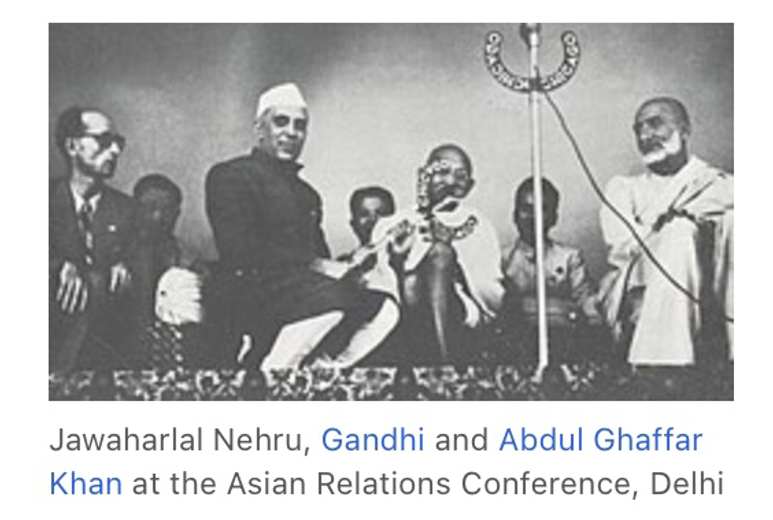
Respect for the principles of sovereign equality, territorial integrity, political independence, noninterference in the internal affairs of other states, and mutual benefit.
Such cooperation shall not be a substitute for bilateral and multilateral cooperation but shall complement them.
Such cooperation shall not be inconsistent with bilateral and multilateral obligations.
SAARC Structure
SAARC has the following structure:-
- Council- It is the apex policy-making body. The council is represented by government heads of the respective member countries.
- Council of ministers- The council of ministers comprises the foreign ministers and they meet generally two times annually.
- Council of ministers- Functions
- Policy formulation
- Reviewing the progress of regional cooperation.
- Identifying newer areas of cooperation, and
- Setting up additional mechanisms as required.
Standing committee- It comprises the foreign secretarial of the member countries. The major functions of the standing committee are stated below:
- To monitor and coordinate the programs.
- To deal with modalities of financing.
- To mobilize cooperation within and outside the region.
Programming committee- It comprises senior officials of the member governments. The major functions of this committee are as follows:
- Finalizing the annual meet schedule.
- Budget scrutinisation
- External activities assigned by the standing committee.
Technical committee- It consists of representatives of the member nations. The major functions of the committee are as follows:
- To formulate projects and monitor the same.
- To submit reports.
Secretariat- It is headed by the Secretary-General appointed by the council of ministers. The main functions of the secretariat are as follows:
- Coordinate and execution activities conducted by SAARC.
- Monitoring the SAARC meeting
- Work as a communication link between SAARC and other international summits and forums.
SAARC Regional Centres
Regional centers established in member countries are the supporting pillars of the secretariat for promoting regional cooperation. These regional centers are managed by respective governing entities comprising representatives for member states, the SAARC Secretary General, and the ministry of foreign, and External Affairs of the host government.
The regional integrated program of action covers the following aspects:-
- Agriculture and Rural Development.
- Women, Youth, and Children
- Health and population Activities
- Science and technology and meteorology
- Environment and Forestry
- Human Resource Development and
- Transport
Significance Of SAARC
SAARC is the world’s most densely populated region and one of the most fertile areas. It comprises 3% of the world’s area 21% of the world’s population and 3.8% of the global economy
SAARC countries synergize their actions as they have common tradition, dress, food and culture, and political aspects.
The SAARC nations have problems and solutions to the problems in common such as poverty, illiteracy, malnutrition, natural disasters, internal conflicts, industrial and technological backwardness, low GDP, and poor socioeconomic condition. These nations uplift their living standards by creating common areas of development.
Importance Of SAARC For India
SAARC is a game changer for India is the Act East policy. It links South Asian economies with southeast Asian that will further boost economic integration and prosperity in India mainly in the service sector.
Primacy to the country’s immediate neighbors.
Nations of SAARC help in the creation of mutual trust and peace within the region thus promoting stability.
SAARC can engage Nepal, Bhutan, the Maldives, and Sri Lanka in economic cooperation and development processes to counter China.
SAARC offers a platform for India to showcase its leadership in the region by taking up extra responsibilities.
Achievements Of SAARC
A free trade area is established by the member countries to increase their internal trade and lessen the trade gap of some states considerably. SAARC is comparatively a new organization in the global arena.
SAARC free trade agreement- SAATA was signed to reduce customs duties of all traded goods to zero by the year 2016. The agreement was confined to goods , but excluding all services like information technology.
South Asia preferential Trading Agreement- SAPTA for promoting trade amongst the member countries came into effect in 1995.
SAARC Agreement on Trade in services SATI’s is following the GATS- PLUS ‘positive list’ approach for trade in services liberalisation.
SAARC University establishes a SAARC University in India, a good bank and energy reserve in Pakistan.
Current Leaders Of SAARC
- Leaders are either heads of state or heads of the government, depending on which is constitutionally the chief executive of the nation’s government;

HIBATULLA AKHUNDZADA (Leader of Afghanistan)
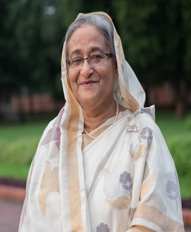
Sheikh Hasina (Prime Minister of Bangladesh)
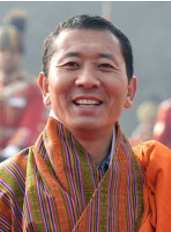
Lotay Tshering (Prime Minister of Bhutan)
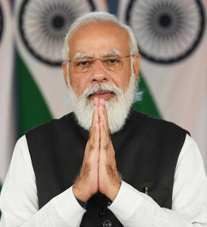
Narendra Modi (Prime Minister of India)
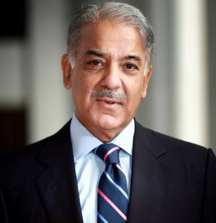
Sher Bahadur Deuba (Prime Minister of Nepal)
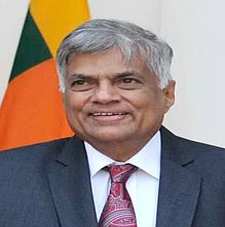
Shehbaz Sharif (Prime Minister of Pakistan)- 13angle
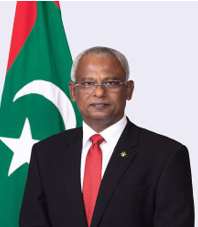
Ibrahim Mohamed Solin (President of the Maldives)
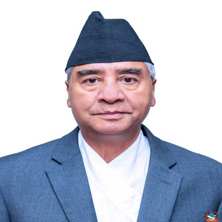
Ranil Wickremesinghe (President of Sri Lanka)
Latest News
The ministry of external affairs said India will supply covid-19 vaccines to SAARC Nations under grant issues.
Recently SAARC member countries turned down Pakistan’s proposal to host the grouping’s pending summit meeting.
India’s Foreign minister, S. Jaishankar had recently hosted that cross-border terrorism, obstructing trade, and blocking connectivity are three key challenges that SAARC must overcome.
Nepal’s Foreign minister Pradeep Gyawali had recently urged the SAARC member nations to explore all the viable options to convene the 19th summit of the eight-member regional body at an early date, underlining the need for deeper engagement to collectively fight covid-19 and develop regional resilience to mitigate the impact of the pandemic.
India’s proposal to launch a covid-19 Emergency Fund was given positive reception by SAARC nations within days, all the countries, except Pakistan, contributed to its voluntarily.
Top 13 Interesting Facts About SAARC
SAARC does not have an official anthem like some other regional organizations (e.g ASEAN)
E ESALA RUWAN WEERAKOON of Sri Lanka assumed the office of the Secretary General of the South Asian Association for Regional Cooperation (SAARC) on 1 March 2020.
The south Asian Association for regional cooperation (SAARC) is an organization of south Asian nations, founded in December 1985 by MR. Ziaur Rahman and dedicated to economic, technological, social, and cultural development emphasizing collective self-reliance.
The motto of the SAARC organization is deeper integration for peace and prosperity.
SAARC has faced problems in the past, mostly attributed to India -Pakistan hostilities. India’s problem with Pakistan over Kashmir, terrorism, and nuclear issues have affected the working of SAARC since its inception.
2009- outstanding contribution to humanitarian works in the aftermath of natural disasters-Ravikant Singh (India).
Covering a population of more than 1.7 billion, SAARC is the largest regional organization in the world. Pakistan diplomat Amjad Hussain B. This logo was designed by one of the famous artists from Nepal Shailendra Kumar Maharjan.
SAARC visa- The special travel document is known as the SAARC visa Exemption sticker and is issued to 24 categories of entitled persons which include Dignitaries, judges of the higher court, parliamentarians, senior officials, businessmen, journalists, sportsmen, etc.
The Maldives is an island nation in the Indian ocean-Arabian Sea area. It is the smallest Asian country in both population and area.
The first summit was held on 7-8 December 1985 in Dhaka, Bangladesh.
The regional organization South Asian Association for Regional Cooperation (SAARC) was established on December 8, 1985.
SAARC comes out with a poverty profile.
2016 URI terror attack, India canceled its participation in the 19th SAARC summit, alleging Pakistan’s involvement in the terror attack.



